Christopher Tradowsky talks about his witty, sexy new novel
Published in Books News
MINNEAPOLIS -- Before “Midnight at the Cinema Palace” was done, before it even had a publisher, novelist Christopher Tradowsky’s debut novel had won a major award.
The St. Paul, Minnesota-based writer won a $5,000 prize for emerging writers over 50 from Lambda Literary (which champions LGBTQ writers) in 2023. At the time, he had worked on a few other novels and published nine short stories in literary journals but he was at the tail-end of nine months of rejection letters for “Midnight at the Cinema Palace.” The prize, for an early draft of “Midnight,” changed all of that.
“I went to the award ceremony in New York City. I met my agent there,” said Tradowsky, who teaches art history and creative writing at Augsburg University and who lives in St. Paul with husband Ross Elfline, who teaches at Carleton College in Northfield. “And then my editor reached out to me shortly thereafter because she had seen in a newsletter that I won the award. What I’m saying basically is: Thank god for queer publishing and queer organizations like Lambda.”
“Midnight at the Cinema Palace,” set in the ‘90s in San Francisco, has three main characters: Midwest transplant Walter and two people with fluid sexuality and gender expression, Cary and Sasha. Bonded by their love of movies (each chapter in “Midnight” is named after a classic such as “Vertigo” and “Gilda”) and seemingly born the minute they arrived in the city, the three fall into a relationship that teaches them a lot about themselves.
“It was the first Trump era and then the pandemic came and I was just so depressed about the whole thing,” said Tradowsky, 54, who began writing “Midnight” in 2019. “The novel is, ‘I’m going to write a love letter to everything I love — to queerness and friendship and San Francisco in the ’90s and the movies.’ That really helped propel me through the novel because other novel projects I had were a combination of too ambitious or required too much research, but I know this time and place, I know this topic, I know these films.“
There are no direct analogues to real people in the book but Tradowsky allows that Walter shares many of his views and that he did live in San Francisco in the ‘90s and he did spend some time in a three-person relationship then, although it was very different from the one in “Midnight.”
“I started with the dynamic of Walter, Cary and Sasha. I knew the novel at its core was going to be about a romantic friendship and to me, a theme of it is: Does sex ruin everything?” said Tradowsky, over coffee on the back patio at St. Paul’s Spyhouse. “Is friendship actually better than romance or a sexual relationship, in the sense that the three of them have this dynamic and there’s a question of whether it’s going to go further? Are they going to become a threesome? And can a strong friendship survive that?”
The trickiest of the three characters to write was Cary, who is described like this: “She was right on the edge between handsome and funny looking. Her slick dark hair and dark eyes made her look like some dandified matinee crooner, her eyes bugged slightly, and she had a toothy, crooked grin. She reminded Walter a little of a very young Tim Curry.”
She’s an outsized character in a book filled with LGBTQ characters with big personalities.
“She is supposed to be irresistible. But people’s ideas of what it is to be irresistibly charming are different. Some people might find her annoying. So calibrating that was really hard,” said Tradowsky. “She needed to be witty and fast-talking and quippy, and you had to believe the other characters were charmed by her.”
One thing that unites Cary and Walter is the screenplay they’re working on, a film noir along the lines of their (and Tradowsky’s) beloved “Double Indemnity.” The book is set in the years just before the dotcom boom made it impossible for most people to afford living in San Francisco, which makes Tradowsky’s observations about the city — which none of the characters could afford today — even more poignant.
“It’s so film-able because it’s a city of facades,” said Tradowsky. “There are no yards. There are very few parks. So, wandering around the neighborhoods, it’s like you’re walking through a film set with these beautiful facades — the old Edwardians and Victorians, the Queen Annes.”
Living behind those facades are people creating art, expressing themselves, figuring out a new way forward. Tradowsky mourns the San Francisco he knew in the ’90s but not everything has changed.
A space in the Castro district that once housed world-famous A Different Light bookstore, but then became a clothing store, now has an LGBTQ-forward bookstore again, called Fabulosa. And that bookstore sponsors his “Midnight at the Cinema Palace” reading in San Francisco, taking place across Castro Street from Fabulosa at an arts space that was once gay activist Harvey Milk’s camera store.
Those connections suggest a queerness that can’t be erased in San Francisco. And Tradowsky is here for it.
“I really want the book to be a comfort to people who are questioning their sexuality or gender identity. But also people who love films. To me, it’s about cinema and friendship and queerness and San Francisco and the 90s,” said Tradowsky. “To me, it’s really about love and friendship – and who doesn’t relate to that?"
____
Midnight at the Cinema Palace
By: Christopher Tradowsky.
Publisher: Simon & Schuster, 386 pages.
©2025 The Minnesota Star Tribune. Visit at startribune.com. Distributed by Tribune Content Agency, LLC.
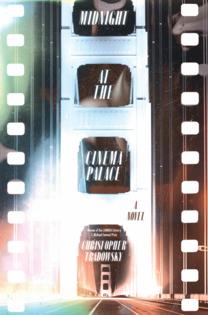
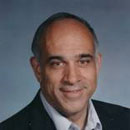
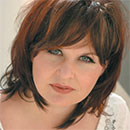
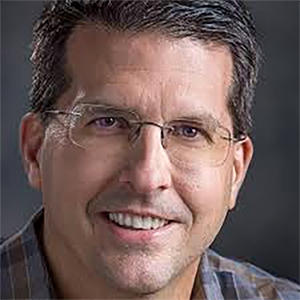
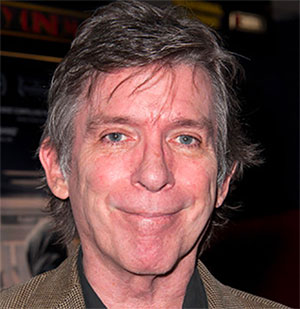
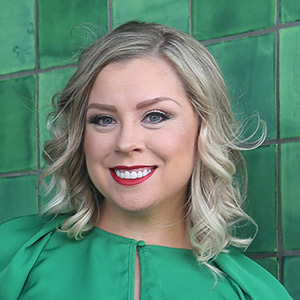
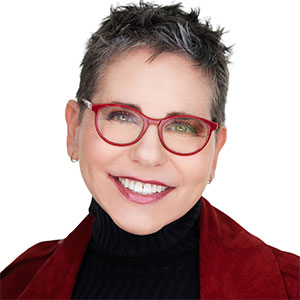




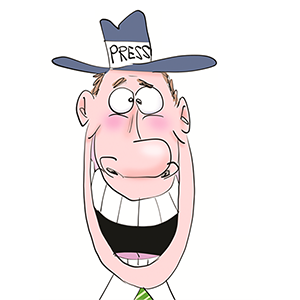
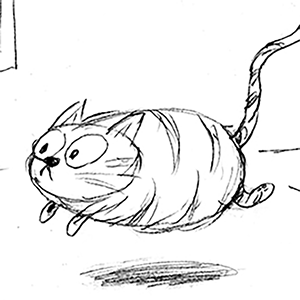
Comments